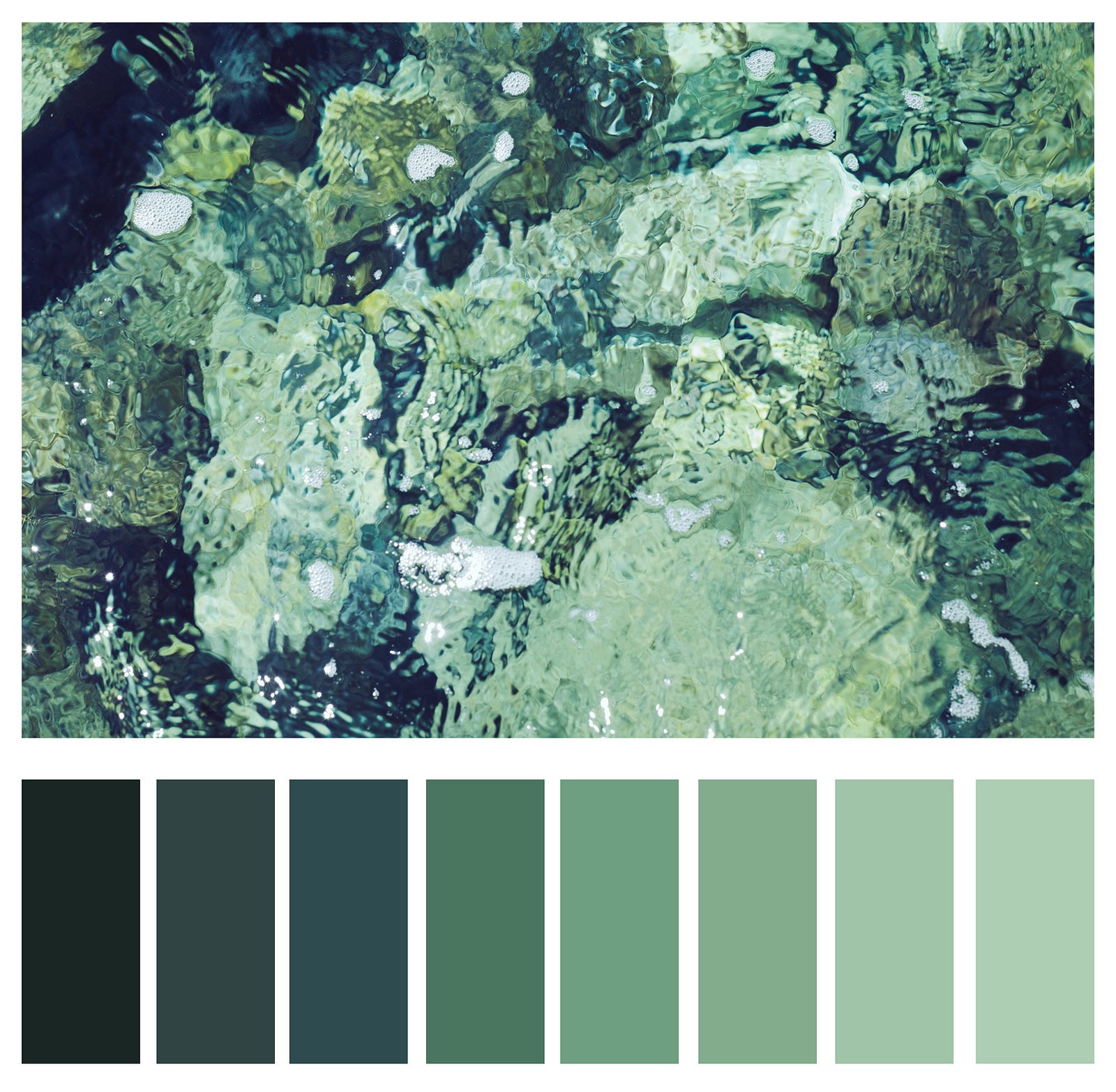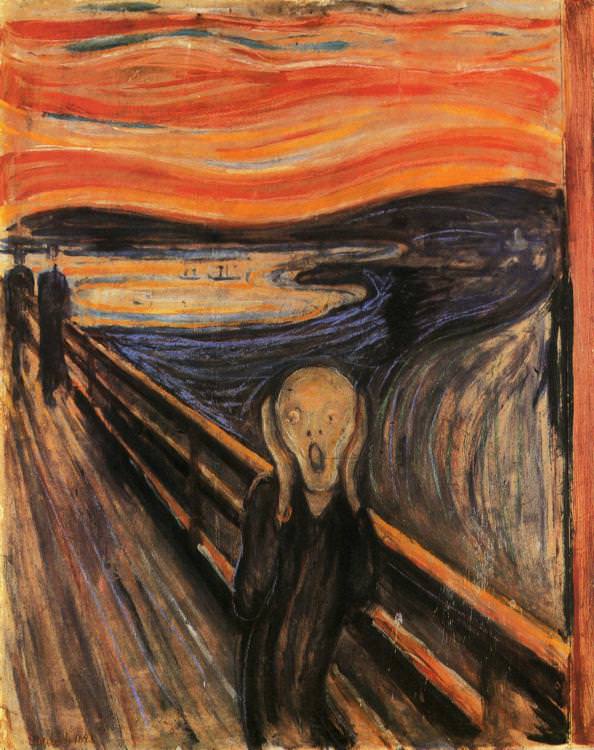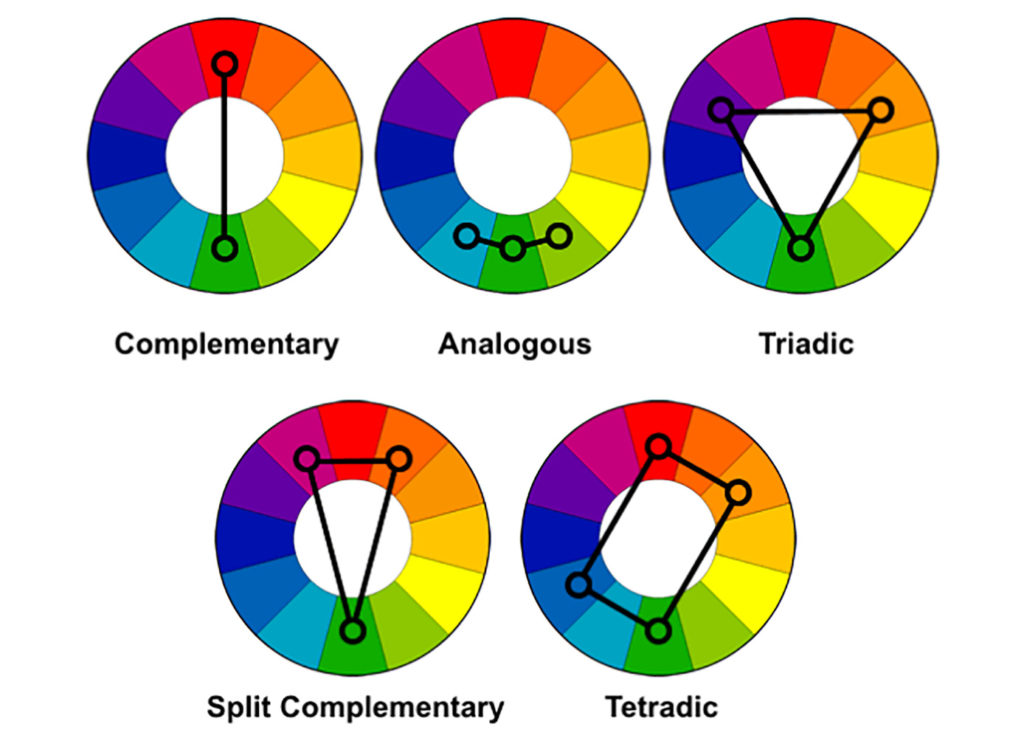Colour is the aspect of things that is caused by differing qualities of light being reflected or emitted by them.
To see colour, you have to have light. When light shines on an object some colours bounce off the object and others are absorbed by it. Our eyes only see the colours that are bounced off or reflected.Light waves carry energy, determined by frequency, carried by small packets known as photons. This energy provides the basis for human vision, solar power and digital photography.
In color photography, electronic sensors or light-sensitive chemicals record color information at the time of exposure. This is usually done by analyzing the spectrum of colors into three channels of information, one dominated by red, another by green and the third by blue, in imitation of the way the normal human eye senses color.


HOW DOES COLOUR WORK?
Before colour could be reproduced the nature of light and how we perceive colour had to be clearly understood. The scientific investigation of colour had begun in the seventeenth century. In 1666, Sir Isaac Newton split sunlight with a prism to show that it was actually a combination of the seven colours of the spectrum. Nearly 200 years later, in 1861, a young Scottish physicist, James Clerk Maxwell, conducted an experiment to show that, in fact, all colours can be made by an appropriate mixture of red, green and blue light.
Maxwell took three separate lantern slides of a tartan ribbon through red, green and blue filters. These slides were then projected through the same filters using three separate magic lanterns. When the three images were carefully superimposed on the screen, they combined to make a coloured image which was a recognisable reproduction of the original. While Maxwell’s experiments demonstrated clearly the basic principles of colour photography, in practice, his demonstration should not have worked at all. Although the physicist didn’t know it, the photographic emulsions that he used were insensitive to red light. Fortunately for Maxwell, the red cloth in the ribbon reflected ultraviolet light. This was invisible to the eye but did register on the emulsion.

1937-111, 12/03/2007, 15:51, 8C, 5670×3701 (1677+3877), 138%, Custom, 1/12 s, R26.6, G10.6, B28.5
Luminance – The Absolute Measurement of Light
- Luminance measures the absolute intensity of light, that hits the eye, after reflecting off an object.
- Luminance is measured in candela per square meter
- Luminance is a measured value such as velocity or weight. It does not depend on the human eye or setting, only measured physical attributes.
Brightness – Our Perception of Luminance
- Brightness is used to denote how the human eye perceives the luminance of an object.
- For example, a computer screen at maximum luminance looks brighter in a dark room than it would outside in the sun.
- Although the luminance of the computer screen is the same our eyes perceive it’s brightness differently, depending on the conditions for viewing.
- Brightness can range from dim, at the low end, to brilliant at the high end. Brightness is perceived value. It is not measured. It changes dependent of surroundings.
One person may interpret light differently than another person. There are instances two individuals seeing the same object interpret different colours. Scientists are uncovering some interesting data on how we interpret light waves. Even though two people are seeing the same wave length they may still interpret the object to be a different colour than the other. New research suggests this can be due to things like mood and experiences.
Warm vs Cool
The distinction between “warm” and “cool” colors has been important since at least the late 18th century. The difference seems related to the observed contrast in landscape light, between the “warm” colors associated with daylight or sunset, and the “cool” colors associated with a gray or overcast day which make you feel calm, relaxed and refreshed . Warm colors are often said to be hues from red through yellow, browns and tans included. They are associated with heightened emotions and passion as well as joy and playfulness. Cool colors are often said to be the hues from blue green through blue violet, most grays included. There is historical disagreement about the colors that anchor the polarity, but 19th-century sources put the peak contrast between red orange and greenish blue.

According to Munch, “I painted this picture – painted the clouds like real blood. The colors were screaming.[”, warm and cool color intensified fear and the feeling of hopelessness respectively, the combination of opposite color tone made the contradiction more significant and thus affecting the emotion of the audience more.
Color theory has described perceptual and psychological effects to this contrast. Warm colors are said to advance or appear more active in a painting, while cool colors tend to recede; used in interior design or fashion, warm colors are said to arouse or stimulate the viewer, while cool colors calm and relax.
Colour Psychology
Color psychology is the study of hues as a determinant of human behaviour. Color can indeed influence a person; however, it is important to remember that these effects differ between people. Factors such as gender, age, and culture can influence how an individual perceives color.
White:
Just as black is total absorption, so white is total reflection. In effect, it reflects the full force of the spectrum into our eyes.
Positive: Clarity, Purity, Cleanliness, Innocence, Simplicity, Sense of Space
Negative: Sterility, coldness, barriers, unfriendliness, elitism
BLUE:
Blue is the colour of the mind and is essentially soothing; it affects us mentally, rather than the physical reaction we have to red. Strong blues will stimulate clear thought and lighter, soft blues will calm the mind and aid concentration.
Positive: Intelligence, communication, trust, efficiency, serenity, duty, logic, coolness, reflection, calm.
Negative: Coldness, aloofness, lack of emotion, unfriendliness.
YELLOW:
The yellow wavelength is relatively long and essentially stimulating. In this case the stimulus is emotional, therefore yellow is the strongest colour, psychologically. The right yellow will lift our spirits and our self-esteem; it is the colour of confidence and optimism.
Positive: Optimism, confidence, self-esteem, extraversion, emotional strength, friendliness, creativity.
Negative: Irrationality, fear, emotional fragility,
RED:
Positive: Physical courage, strength, warmth, energy, basic survival, ‘fight or flight’, stimulation, masculinity, excitement.
Negative: Defiance, aggression, visual impact, strain.
Being the longest wavelength, red is a powerful colour. Although not technically the most visible, it has the property of appearing to be nearer than it is and therefore it grabs our attention first.
BLACK:
Positive: Sophistication, glamour, security, emotional safety, efficiency, substance.
Negative: Oppression, coldness, menace, heaviness.
Black is all colours, totally absorbed. The psychological implications of that are considerable. It creates protective barriers, as it absorbs all the energy coming towards you

